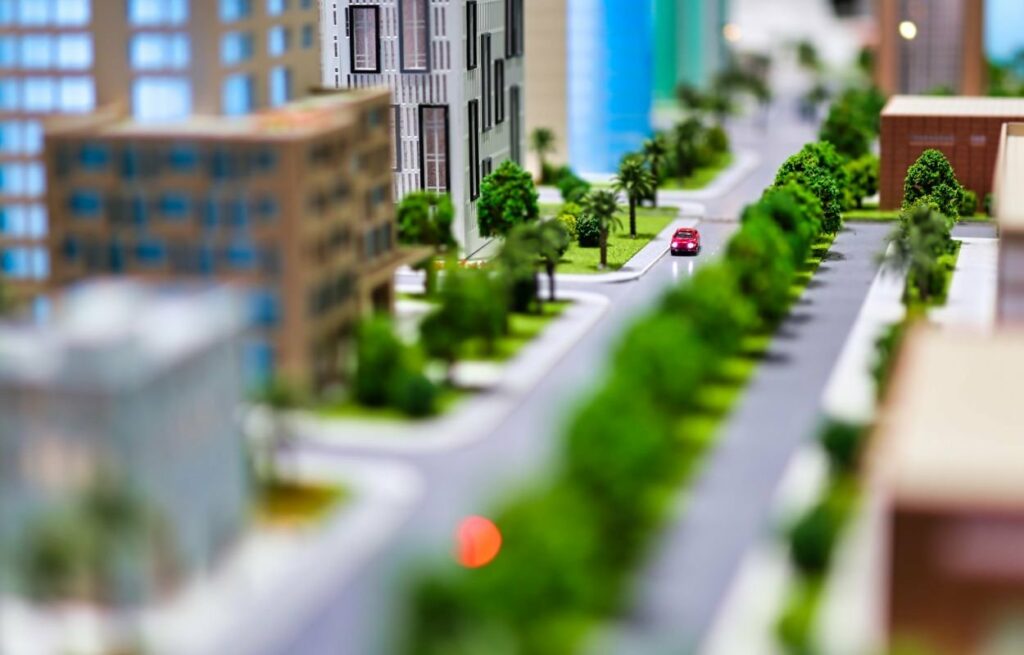
Urban planning is a dynamic field that constantly evolves to meet the changing needs of communities. One crucial aspect of this process is demolition, which involves the removal of existing structures to make way for new developments. Local demolition services play a pivotal role in shaping the landscape of urban areas, influencing the design and functionality of neighborhoods. In this blog post, we will explore the symbiotic relationship between demolition and urban planning, highlighting the significance of well-executed demolition projects in fostering sustainable and vibrant communities.
THE ROLE OF DEMOLITION IN URBAN RENEWAL
Urban renewal is a key objective of urban planning, seeking to revitalize and enhance existing urban spaces. Demolition acts as a catalyst for this renewal, clearing outdated or dilapidated structures to make room for modern, functional buildings. Local demolition services, with their expertise in controlled deconstruction, contribute to the transformation of urban landscapes. By removing blighted structures, these services pave the way for the implementation of innovative urban planning initiatives.
ADDRESSING SAFETY AND ENVIRONMENTAL CONCERNS
Safety and environmental considerations are paramount in any demolition project. Local demolition services prioritize the use of advanced technologies and methodologies to ensure the safe and efficient removal of structures. From asbestos abatement to dust control measures, these services adhere to strict environmental regulations. Integrating eco-friendly practices, such as recycling materials from demolished structures, demonstrates a commitment to sustainable urban planning.
PRESERVING CULTURAL HERITAGE THROUGH THOUGHTFUL DEMOLITION
Urban planning must strike a delicate balance between progress and preservation, especially when it comes to cultural heritage. In some instances, historical structures may need to be replaced to accommodate the changing needs of a community. Local demolition services, in collaboration with urban planners, can employ precision demolition techniques to preserve elements of cultural significance. This allows for the integration of modern developments while respecting the heritage and history embedded in the urban fabric.
MITIGATING URBAN BLIGHT AND ENHANCING AESTHETICS
Abandoned or derelict structures contribute to urban blight, negatively impacting the overall aesthetics of a community. Local demolition services play a pivotal role in mitigating this blight by removing eyesores and creating opportunities for aesthetically pleasing developments. Through strategic demolition, urban planners can enhance the visual appeal of neighborhoods, fostering a sense of pride and community among residents.
INFRASTRUCTURE DEVELOPMENT AND ADAPTIVE REUSE
Demolition is not solely about clearing space for new constructions; it also facilitates infrastructure development and adaptive reuse. Local demolition services collaborate with urban planners to prepare sites for new infrastructure projects, such as roads, bridges, and public spaces. Additionally, adaptive reuse involves repurposing existing structures to meet contemporary needs, contributing to the sustainable utilization of urban spaces.
In the intricate dance between demolition and urban planning, local demolition services emerge as key choreographers, guiding the transformation of urban landscapes. By addressing safety concerns, preserving cultural heritage, and mitigating urban blight, these services play a crucial role in shaping the future of our communities. As urban planning continues to evolve, the synergy between thoughtful demolition and innovative development will be instrumental in creating resilient, sustainable, and visually appealing urban environments.



